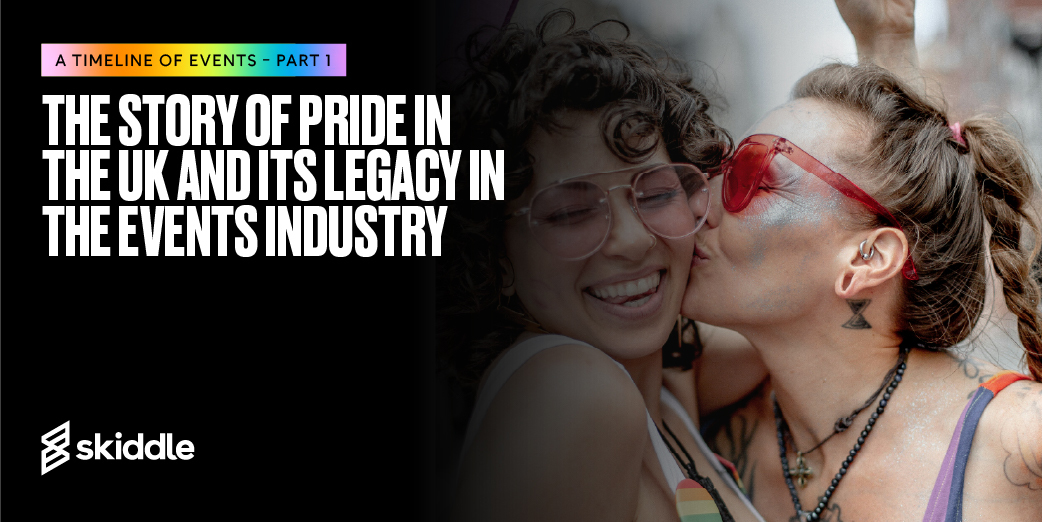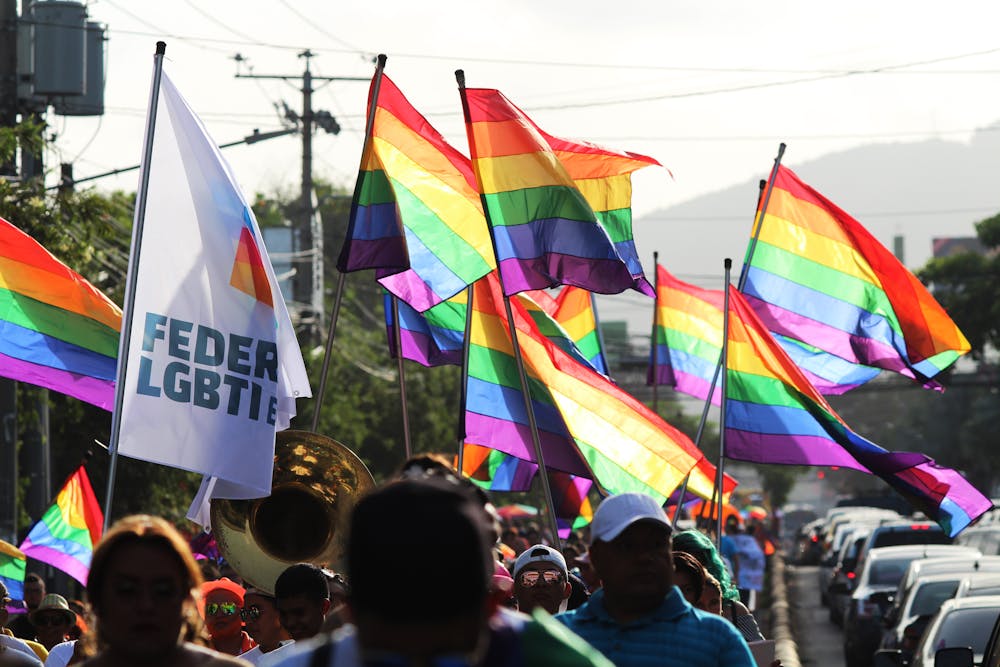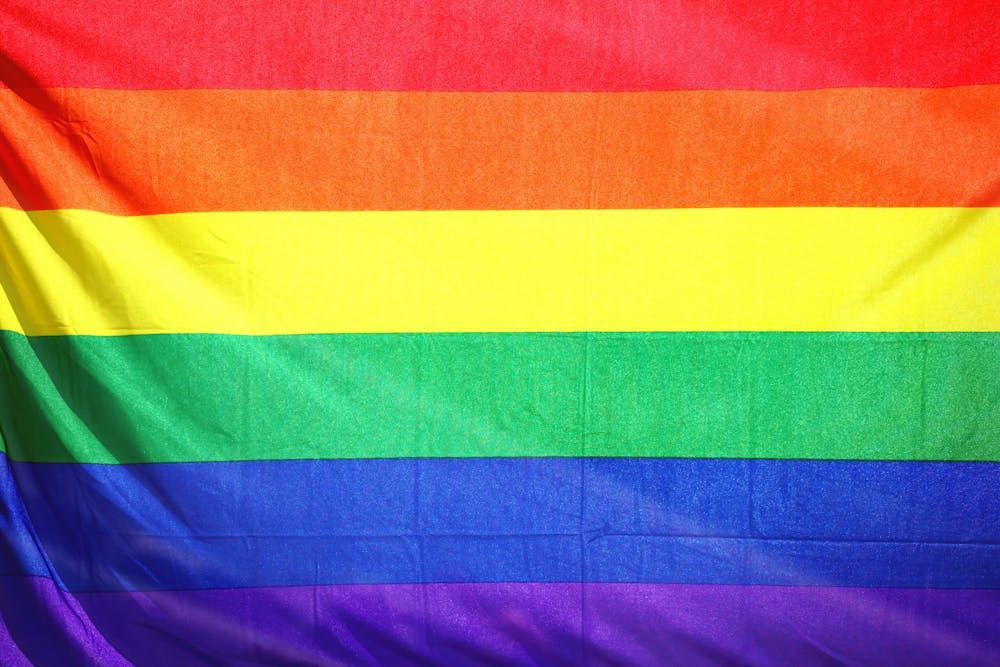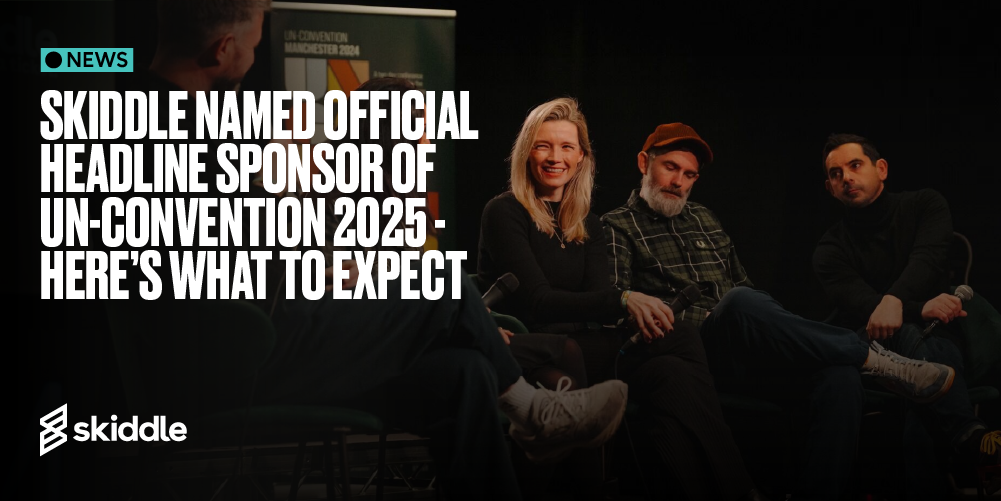- Behind the Scenes
The Story of Pride in the UK – Part 1
-
By Ryan Moss
- 12 Jun 2025
- 11 min read

Pride Month is about three things.
Celebrating the joy of being part of a diverse and vibrant community, remembering those who paved the way in the past and being mindful of the issues faced by trans people and LGBTQ+ people in countries with less progressive attitudes.
55 years have passed since Stonewall, the demonstrations from which Pride Month began. Here, groups of LGBTQ+ people stood together in the USA to challenge the authorities after a raid on New York’s Stonewall Inn. The effects were felt across the world, giving rise to a feeling of empowerment for LGBTQ+ people that would go on to inspire many other movements.
Pride Month also serves as a precursor to the many Pride events in the UK, which happen across August. Behind these events is a rich history, with groups coming together to lay the foundations for the increased rights LGBTQ+ people enjoy today.
To celebrate Pride Month this year, we’re going to take a look at this rich history. From the vibrant yet behind closed doors scene of the 1930s, the backlash from society, the media and authorities of the 1950s, the radical spirit of organisers of the 1970s and a look at local and national Pride Events which take place across the UK in the 21st Century.
Gay life during the 20th Century
We’ve come a long way in the UK.
Same-sex marriage became legal in 2013 and culturally, it feels as though LGBTQ+ representation is at an all-time high. Queer actors grace our screens, taking lead roles in beloved TV shows, while bands, musicians and artists empower their fans to live as their most authentic selves. When we don’t see the required representation, we’re inclined to ask why and demand more.
But it wasn’t always like this. From 1533 to 1967, it was illegal to be gay, which meant that LGBTQ+ people had to operate in the grey areas, finding places outside the mainstream to meet, socialise and express themselves, existing away from the threat of criminalisation.
One such example is the 1930s. Michael Atwell’s 1981 documentary “Being Gay in the Thirties” focuses on London’s Trocadero. One of the capital’s most popular night spots, its main room played host to shows while the upstairs bar became a secret hotspot for gay men looking for a night out.
In the documentary, we meet Gifford Skinner. Gifford, who was born in 1911, recounts his time at the club, saying: “It was like café society. People would dodge from table to table [and say] Oh, do come and meet my friend over here. I’ve got so and so with me, he’s from Bristol or something like that”.
The film follows Gifford, who speaks about his experiences in the Trocadero and explains what it was like to be a gay man in the 1930s. We see him drinking in the upstairs bar of JBs, reminiscing with a friend about drag queens of the day like Lady Lavender and Rosie Both Ways, how men would give each other ‘camp names’ and telling the audience about bars like The Cornerhouse.
But despite this seemingly free-flowing scene, the prospect of criminalisation still loomed large. Bars like the Caravan Club were raided in 1934, and in 1952, one of the most influential figures of the 20th Century, Alan Turing, was convicted under Section 11 of the Criminal Law Amendment Act 1885. His ‘crime?’ Having a sexual relationship with his boyfriend, Arnold Murray.
After Turing was convicted, he was given a choice: go to prison or take probation. He accepted the probation, which would only be granted if he underwent chemical castration designed to reduce libido. The process left him impotent and by 1954, he tragically committed suicide.
Discrimination came thick and fast from both national newspapers and society in general. The verdict? Gay men were seen as ‘corrupters’, attempting to cause harm and change people negatively. More convictions came, too. In 1954, British aristocrat and politician Lord Montagu and journalist Peter Wildblood were convicted of “indecent behaviour”, while Junior Minister Ian Harvey was convicted of “indecency” in 1957.

A Change in the Law
Something had to change.
In the wake of the Montagu case, the government set up the Committee on Homosexual Offences and Prostitution in Great Britain. It was headed up by Lord Wolfenden, a civil servant and vice-chancellor of the University of Reading at the time.
The committee met 62 times from 1954 onwards and The Wolfenden Report was issued in 1957, which recommended that sexual activity between men over the age of 21 be decriminalised.
In an interview with ITN in 1957, Lord Wolfenden said: “…I think there is, in fact, at the present moment an injustice in the law, so far as it concerns the private life of a certain number of men, and I think that the sooner that those two things – which are major recommendations [of the report] can be dealt with – the healthier the society and the surroundings of this country would be.”
However, the report failed to gain popularity within the House of Lords or from the Home Secretary, and the government was late to act on the recommendations in the report. The pressure came from outside. An article in The Times by academic Tony Dyson called on the government to reconsider the recommendations, supported by famous writers. It sowed the seeds for the formation of the Homosexual Law Reform Society (HLRS).
The HLRS spent the next decade campaigning for decriminalisation. At the same time, groups like The Campaign For Homosexual Equality (CHE) were set up to support the HLRS and offer opportunities to LGBTQ+ people in the North West.
By 1967, the recommendations in The Wolfenden Report became law when the Sexual Offences Act was passed by parliament. Sexual activity between men over the age of 21 became legal in private, partly ending the 400 years of the criminalisation of gay people in this country.

Pioneering Trans Figures
The 20th Century saw several pioneering figures push boundaries and expand public understanding of gender identity in the UK.
Michael Dillon was one of them. Born in 1915 in Kensington and assigned female at birth, Michael moved to Folkestone with his older brother Bobby after their mother died.
Passionate about sport from a young age, Michael later studied at Oxford University. There, he joined the women’s rowing team, captaining them to competition victories as a rowing stroke and being elected the club president.
But Michael never felt comfortable as a girl or woman. First, he questioned his sexuality, later beginning to wonder if he wasn’t a woman at all. After confiding in a close friend, he began to present as masculine, buying clothes made for men and attending boxing matches that were off-limits to women.
After graduating from Oxford in 1938, he began to use testosterone. By 1951, he had changed his birth certificate to reflect his gender and undergone confirmation surgery.
In the years between, he published Self: A Study in Ethics and Endocrinology. And as one of the first books to discuss trans issues, it was groundbreaking. Here, conventional thinking on gender, medicine, and morality was challenged and would later be read by a certain Roberta Cowell.
Born in 1918, assigned male at birth and the parent of two children, Roberta Cowell had keen interests in photography and filmmaking. Records describe her as a sharp and witty thrillseeker, her brush with arrest after filming a group of Nazis drilling in Germany typifying her personality.
An engineering degree at the University College of London beckoned for Roberta and another hobby emerged: motor racing. In 1939, she competed at the Antwerp Grand Prix. At just 18, she won the Lands’ End Trial.
But the war was calling, and by 1944, she had become a decorated Spitfire pilot after joining the RAF. She spent 5 months in Stalag Luft I POW camp after being shot down and captured in her plane.
Upon her return from the war, Roberta began racing again and set up a business, and after consulting psychiatrists and taking estrogen, she began to live as a woman. In 1954, her story was published in the Picture Post, and she continued to own and drive large cars.
The stories of Michael Dillon and Roberta Cowell are pivotal. In a time when Trans people had little representation, their lives were acts of courage and conviction. Their strength, resilience, and refusal to conform helped shape the conversations we’re still having today. They deserve to be remembered — not just as pioneers, but as people who dared to live their truth.
So, that concludes part 1 of our look into the history of Pride in the UK. Keep your eyes peeled for part 2, where we’ll take a look at how the first Pride event in the UK came to be, as well as taking a look at Pride events today.
Tags
Got a question you need an answer to?
Give us a call on 03333010301 or ask us a question over on the Skiddle Promoter Twitter account by clicking or tapping on the button below. Alternatively, you can also find a list of our most frequently asked questions over at https://help.promotioncentre.co.uk











